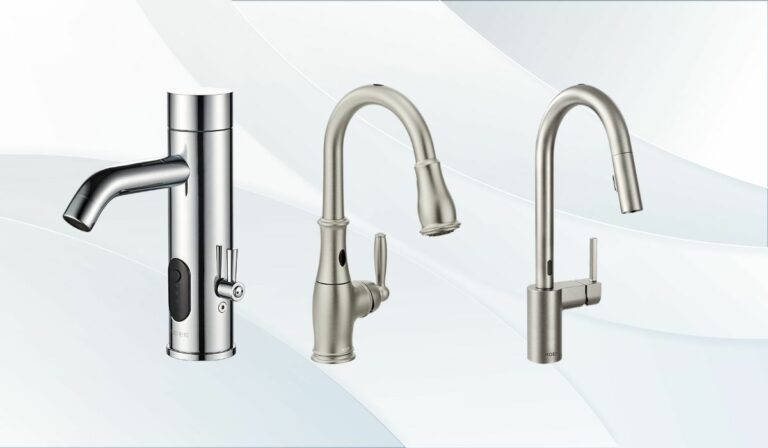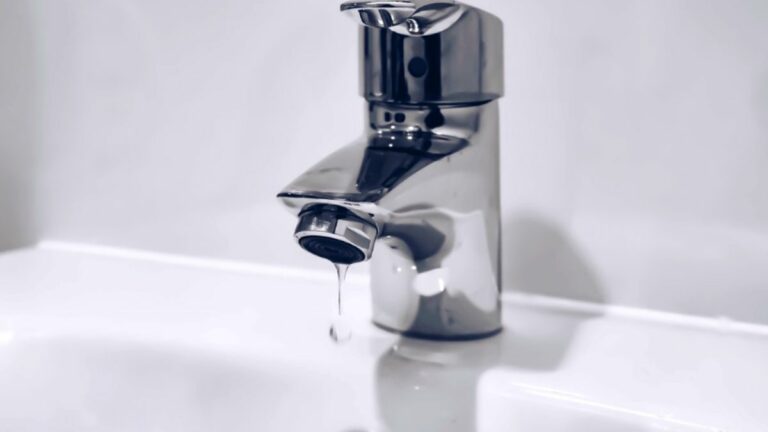How To Unclog A Bathtub With A Plunger
A clogged bathtub is a frustrating inconvenience that can disrupt your daily routine. Fortunately, you don’t always need expensive tools or professional help to fix it. With a trusty plunger and the right approach, you can often clear the blockage yourself quickly and effectively. In this guide, you’ll learn all the essential steps and tips to tackle a bathtub clog using a plunger, ensuring your tub drains smoothly again in no time.
Understanding The Causes Of Bathtub Clogs
Before you jump into plunging, it’s helpful to understand why your bathtub is clogged in the first place. Most clogs result from hair, soap scum, and body oils accumulating in the drain over time. Hair can easily bind with soap residue, creating dense mats that trap debris and slow drainage. Other common causes include small objects accidentally dropped down the drain, mineral buildup from hard water, or even slow drainage due to venting issues. Knowing the cause helps you address the clog more effectively and can guide you to the right tools or additional steps if plunging alone doesn’t clear the blockage.
Essential Tools And Safety Precautions
To unclog your bathtub safely and efficiently, gather the following tools: a flange plunger (specifically designed for tubs and sinks), rubber gloves to protect your hands, a bucket to catch excess water, and some old towels to prevent water spills on the floor. It’s also wise to remove any standing water if it’s excessive, although some water should remain to create a seal for the plunger. When working with plumbing, always avoid harsh chemical drain cleaners, they can damage your pipes and aren’t safe if mixed with other substances. Also, wear gloves and ensure good ventilation if you’re sensitive to musty drain odors.
Step-By-Step Guide To Using A Plunger On Your Bathtub
Preparing The Bathtub For Effective Plunging
Start by removing the drain stopper or any visible debris from the drain opening. This allows the plunger to make direct contact with the drain, improving suction. Fill the bathtub with enough water to cover the bottom of the plunger cup, usually a few inches. The water helps create the necessary seal and pressure for plunging.
Choosing The Right Plunger For The Job
A flange plunger is best suited for bathtub drains because it has an extended rubber flap that fits securely into the drain opening, unlike the standard cup plunger used for toilets. If you don’t have a flange plunger, a cup plunger can sometimes work but is less effective.
Proper Plunging Techniques To Dislodge The Clog
Place the plunger directly over the drain, ensuring a tight seal. Use steady, forceful plunges up and down for about 15 to 20 seconds without breaking the seal. The suction and pressure changes help break up and dislodge the clog. Avoid excessive splashing by maintaining controlled movements.
When To Repeat Or Adjust Your Approach
After a few plunging attempts, remove the plunger and check if water drains faster. If not, repeat the plunging session a couple more times. Sometimes, alternating plunging with running hot water helps soften soap-based clogs. If the clog persists even though repeated efforts, it might be deeper or more stubborn, signaling the need for alternative methods or professional help.
Alternative Methods To Complement Plunging
If plunging alone doesn’t clear the clog, there are a few supplementary methods you can try. Pouring a mixture of baking soda followed by vinegar into the drain creates a fizzing reaction that can help break down organic residue. Let this sit for 15 to 30 minutes before flushing with hot water. Also, using a drain snake or auger can reach deeper blockages by mechanically pulling out hair or buildup. Just be gentle to avoid damaging your pipes. These methods work well alongside plunging and often restore proper drainage without resorting to harsh chemicals.
Preventative Measures To Avoid Future Bathtub Clogs
Prevention is key when it comes to bathtub clogs. A simple yet effective measure is to install a drain strainer or hair catcher that fits over the drain opening. This traps hair and debris before they enter the plumbing system. Regularly cleaning the drain stopper and wiping the tub surface helps reduce soap scum buildup. Running hot water through the drain after each use can prevent residue from hardening. For areas with hard water, occasionally flushing the drain with vinegar helps dissolve mineral deposits. By incorporating these habits into your routine, you can significantly reduce the chances of clog formation.
When To Call A Professional Plumber
Sometimes clogs are stubborn or symptomatic of more serious plumbing issues. If your bathtub still won’t drain after multiple plunging attempts and alternative methods, or if you notice multiple drains in your home slowing down simultaneously, it’s time to call a professional. Persistent backups, foul odors, or water backing up into other fixtures can indicate a main sewer line problem that requires expert diagnostics and equipment. Hiring a licensed plumber ensures the problem is accurately identified and resolved safely without risking pipe damage or worsening the blockage.
Conclusion
Unclogging a bathtub with a plunger is a practical skill that puts control back in your hands and saves you time and money. By understanding what causes clogs, equipping yourself with the right tools, and using proper plunging techniques, you can clear many common blockages quickly and confidently. Remember to complement plunging with safe alternative methods and adopt preventative habits to minimize future issues. And when the clog resists all efforts or signals deeper trouble, don’t hesitate to call in a professional plumber. With these insights, you’re ready to keep your bathtub draining smoothly and hassle-free.



